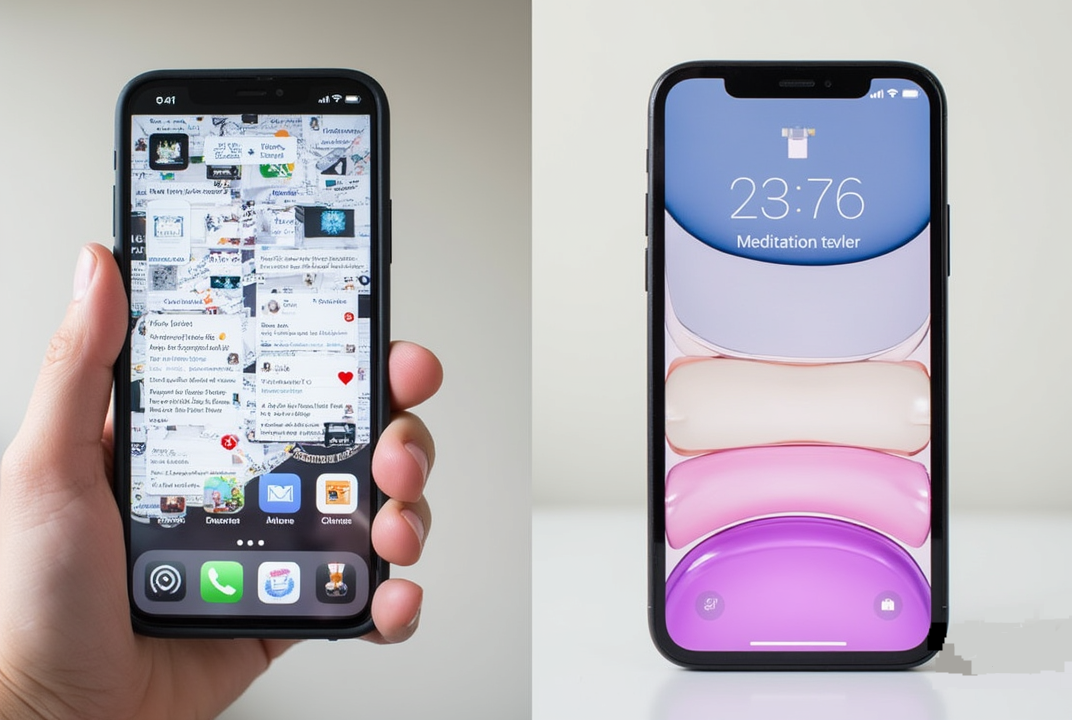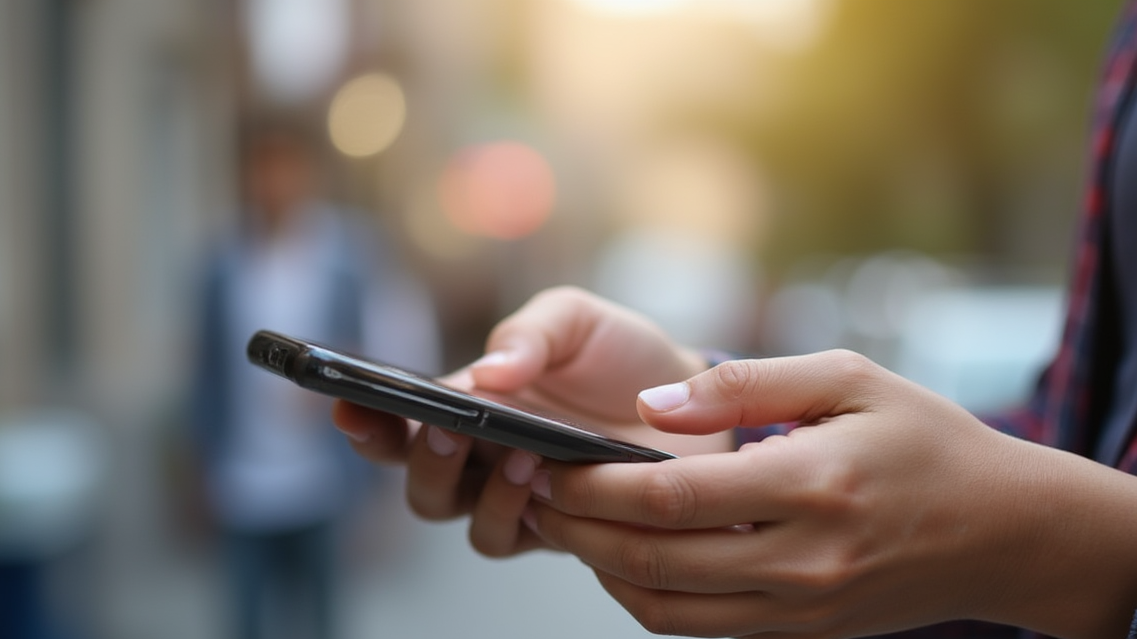How to Reclaim Your Focus in an Age of Infinite Scroll
The Cost of “Free”
The average person touches their phone 2,617 times a day (Dscout Research). Every ping, like, and swipe trades fragments of our attention for corporate profit—leaving us mentally exhausted yet strangely unfulfilled. Enter digital minimalism, a growing movement that treats tech like a diet: consuming only what nourishes, cutting empty calories.
1. The Attention Crisis: Why We’re Addicted
Neuroscience reveals that intermittent rewards (e.g., checking likes) trigger dopamine surges akin to gambling. Tech giants exploit this:
- Infinite Scroll: Engineered to bypass satiety cues (Tristan Harris, Center for Humane Tech)
- “Urgent” Notifications: 67% of smartphone users report phantom vibration syndrome (Mayo Clinic)
- Social Debt: Feeling obligated to respond instantly, even off-work hours (Slack’s “huddle” feature increases after-hours stress by 34%, according to 2023 UC Irvine data)
2. Digital Minimalism ≠ Luddism
Unlike extreme digital detoxes, minimalism is curation, not rejection. Key principles from Cal Newport’s Digital Minimalism:
- Clutter is Costly: Unused apps drain mental bandwidth (like a messy room).
- Intentionality Over Defaults: Ask: Does this tool significantly serve my values?
- Replacement Theory: Fill freed time with high-value activities (e.g., learning guitar instead of TikTok).
Case Study: After deleting social media, a freelance designer reported 23% more deep work hours and rekindled her love for watercolor painting—now a side income source.
3. The 30-Day Reset: A Step-by-Step Guide
(Actionable sub-section for readers)
- Audit Your Tech Use: Tools like Screen Time (iOS) or Digital Wellbeing (Android) reveal your true habits.
- Declutter Ruthlessly:
- Uninstall apps you open mindlessly (yes, even that “just in case” food delivery app).
- Turn off all non-human notifications (default to silent; allow only calls/texts).
- Reintroduce Selectively: After 30 days, add back only tools that align with specific goals (e.g., LinkedIn for networking, not doomscrolling).
Pro Tip: Use grayscale mode to make screens visually less appealing (reduces usage by 18%, per Journal of Behavioral Addictions).
4. The Pushback: Is Minimalism a Privilege?
Critics argue:
- “My job requires constant connectivity!” → Batch-check emails 3x/day; use auto-responders.
- “I’ll miss out socially!” → Research shows IRL meetups increase happiness 4x more than passive scrolling (Harvard Social Capital Study 2022).
The Counter: Digital minimalism isn’t about perfection—it’s about reducing friction between you and what matters.
5. Designing a Focused Future
Innovators are fighting back:
- “Right to Disconnect” Laws: France and Ontario now mandate offline hours.
- Ethical Apps: Minimalist Phone launcher hides addictive features; Freedom blocks distractions.
- Analog Renaissance: Sales of paper planners and dumbphones surged 200% since 2020 (NPD Group).
Your Attention is Your Life
Time spent scrolling is life spent elsewhere. Digital minimalism isn’t anti-tech—it’s pro-choice. As artist Jenny Odell writes: “To resist distraction is to resist the commodification of your time.”






